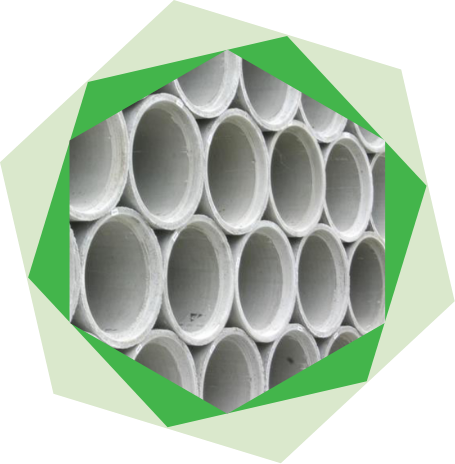Markets
Projected Graphene Market
“The global graphene market size was estimated at USD 94.4 million in 2020 and is expected to grow at a compound annual growth rate (CAGR) of 43.2% from 2021 to 2028”
*Source: Grand View Research (Dec 2021)
“The global graphene market size valued at $87.5 million in 2019, and is projected to reach $876.8 million by 2027, growing at a CAGR% of 40.2% from 2020 to 2027”*Source: Allied Market Research (Feb 2021)
Increased demand for renewable, lightweight, and flexible materials (like graphene) that offer durability and excellent product characteristics, such as high tensile strength, flexibility, barrier protection, conductivity, longevity, and thermal conductivity, are the key factors driving demand in the graphene market. This demand is being further expedited as the material is becoming more affordable.
While BGS’ proprietary technology can be applied to up to 50 materials that are known to significantly benefit from graphene as an additive, our primary focus is servicing the $14B+/year concrete admixture and $4B+/year asphalt additives markets*.
*Source: Allied Market Research
BGS is positioned to disrupt the graphene market by offering a clean-tech solution that enables companies to make more sustainable business decisions
Our Approach & Opportunity
With our revolutionary and proprietary nanotechnology process and product offering, BGS is entering into untapped, previously inaccessible markets (due to high material & processing costs), including lucrative, high consumption applications like that of the concrete and asphalt industries.
In parallel with our clean-tech graphene production technology, we offer a powerful value proposition to our end-customers: an effective and cost-efficient nano-tech performance additive complemented with a measurable environmental benefit for their end-products.
Our product offering not only makes change more palatable in established industries, but it also encourages faster commercial adoption in the markets we serve.
Our product offering not only makes change more palatable in established industries, but it also encourages faster commercial adoption in the markets we serve.

Graphene in Concrete
Global cement production is responsible for 8% of the world’s carbon emissions, a statistic that we plan to change. Adding a trace amount of our biographene to concrete markedly reduces the amount of cement required without sacrificing structural strength, performance, and longevity of the final concrete product. Using our biographene as an admixture in the concrete mix design, we have the ability to calibrate our graphene loading to achieve faster cure rates, improved compression strength at shorter time intervals, and the use of less, and potentially more expensive, admixtures in the overall concrete composition. This includes the reliance of slag in more environmentally friendly concrete mix designs.
Graphene and Concrete Quick Facts:
Studies have shown that adding a trace amount of graphene to a concrete mix (typically less than 0.5% of the cementitious materials) can potentially reduce costs and increase the structural strength, performance and longevity of the final concrete product:
- Graphene can significantly increase compressive & flexural strengths
- Graphene impregnated concrete has demonstrated superior heat conductivity – can reduce shrinkage and fracturing in wide range of climates due to increased heat conductivity
- Graphene has shown to significantly reduce water & salt
- Improved concrete strength can lead to the reduction of rebar in certain construction designs
- Reducing the amount of cement required in the concrete mix design reduces costs and improves the carbon footprint
*Source: Global Environment Information Centre (GEIC) / Graphene Council
THE CONCRETE INDUSTRY IS RESPONSIBLE FOR 8% OF C02 EMISSIONS GLOBALLY
- MIT Laboratories

GRAPHENE IN ASPHALT
Further studies have demonstrated that graphene is an ideal material to be used in asphalt paving and repair (with the ability to reduce overall maintenance costs and the amount of asphalt needed over time). Adding graphene to the bitumen mix can increase the life use of roads while greatly improving strength, elasticity, and water impermeability*.
*Source: Global Environment Information Centre (GEIC) / Graphene Council
Graphene and Asphalt Quick Facts:
- Asphalt mixed with graphene has shown to significantly increase the life use of roads
- Graphene has the ability to reduce water penetration between pores of bitumen and gravel and minimalize pothole development
*Source: Global Environment Information Centre (GEIC) / Graphene Council
- Increased elasticity and strength can allow for heavier traffic loads and reduce the affects of freeze/thaw damage in northern climates (demonstrated that service life fatigue resistance can improve dramatically at higher temperatures)
- Graphene impregnated asphalt can demonstrate superior heat conductivity – reduces wear and increases indirect tensile strength
BGS has recently initiated a 2-year asphalt development program with the University of Waterloo supported by Mitacs and NSERC
Our Team
BGS comprises a team of stand-out scientists, engineers and executives who share a passion for sustainability and innovation in the graphene industry.

